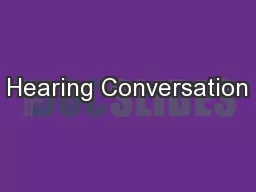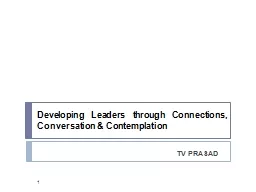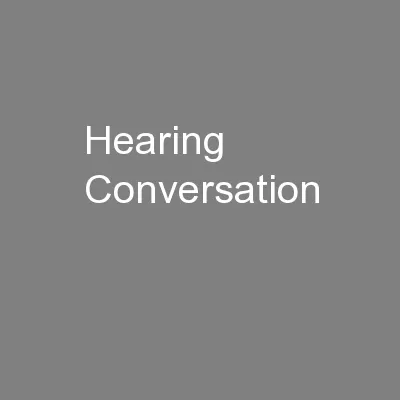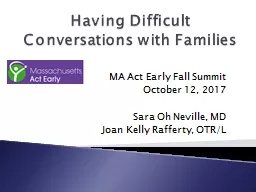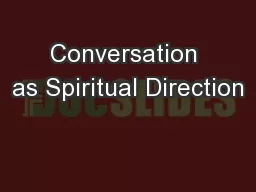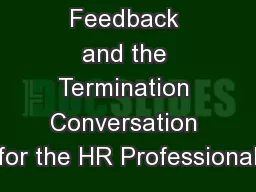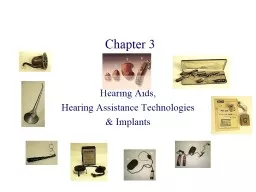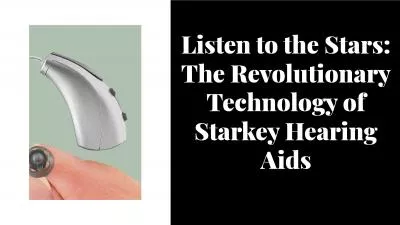PPT-Hearing Conversation
Author : ellena-manuel | Published Date : 2017-10-20
for Musicians Occupational Hearing Conservation Prevention of significant permanent hearing loss Resulting from onthejob exposure to oto traumatic agents noise
Presentation Embed Code
Download Presentation
Download Presentation The PPT/PDF document "Hearing Conversation" is the property of its rightful owner. Permission is granted to download and print the materials on this website for personal, non-commercial use only, and to display it on your personal computer provided you do not modify the materials and that you retain all copyright notices contained in the materials. By downloading content from our website, you accept the terms of this agreement.
Hearing Conversation: Transcript
Download Rules Of Document
"Hearing Conversation"The content belongs to its owner. You may download and print it for personal use, without modification, and keep all copyright notices. By downloading, you agree to these terms.
Related Documents

